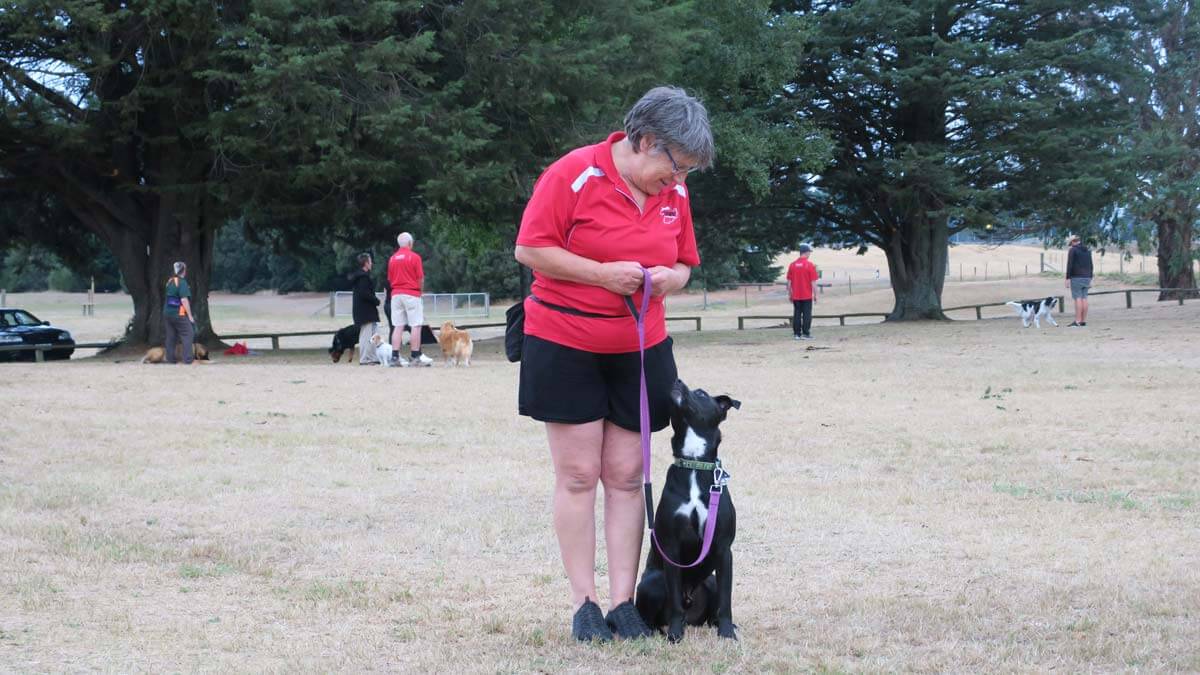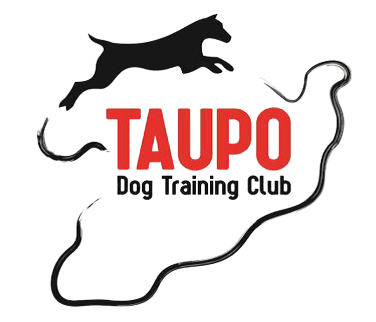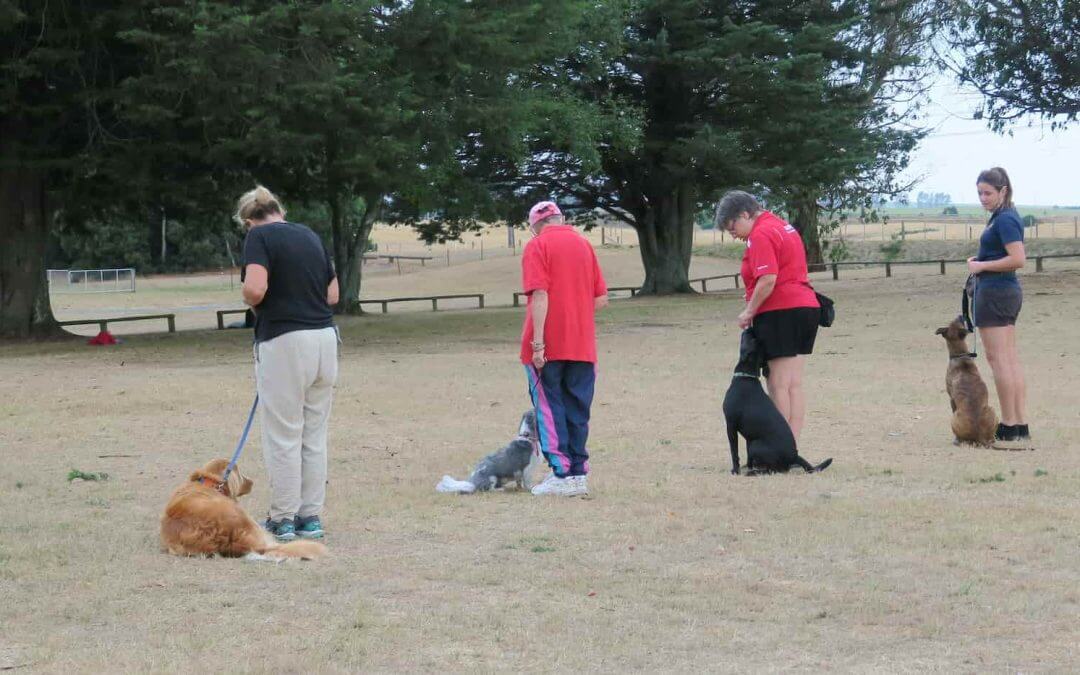When introducing a new exercise, you should use a lure to show the dog what they want. You then give the thing that was used as a lure to the dog as their reward.
A common mistake, however, is for handlers to keep using the lure well after the dog has understood what behaviour will bring the reward.
The dog’s confusion can come about because the handler hasn’t yet taught the dog that a reward can be independent of a lure.

Phasing Out the Lure
When teaching any new exercise, it will help handlers if you take the following steps to phase out the lure and move to random rewards. For example, using an easy exercise like Sit.
- Initially, lure your dog for the new behaviour between 5 and 10 times in quick succession.
- Then show your dog that they have their motivator (food or toy), but say and do nothing further.
- If your dog offers the behaviour, Mark (with a suitable word or sound) & Reward with a jackpot, as this is a key break through and demonstrates that your dog is starting to get the idea that it can influence your behaviour. That is, your dog realises that there is something it can do that will make you provide a reward.
- If your dog doesn’t offer the behaviour, show it again that you have the motivator to get it re-focused and again wait. This shift from luring to rewarding requires that your dog is truly interested in getting the motivator and that distractions are minimal. If your dog still fails to offer the behaviour, go back to luring the behaviour for a few more times and then start again at 3. Patience is important at this stage.
- Once your dog has offered the behaviour and been rewarded for it then you should move your dog around and wait for it to offer the behaviour again. Mark & Reward.
- Introduce the Cue (Command) as soon as the dog is offering the behaviour reliably.
- You should then Mark and Reward every time that your dog responds correctly to the cue, in this case Sits.
- At this stage you should not be giving food, toys or pats to your dog for no apparent reason.
- The next step is to move the motivator out of sight – in a pocket or a bum bag. Give your dog the cue and then Mark and Reward if the appropriate behaviour is offered. Again, use a jackpot reward the first time the motivator is removed from sight, as you want your dog to believe that no visible motivator is a good sign. Make sure that the motivator is really out of sight, you don’t to have bags of food that stick out of your pockets or bum bags.
- Remember that you must Mark the appropriate behaviour before you Reward your dog. This allows you a little time to get the concealed motivator out of your pocket or bum bag.
- It is a good idea for you to change the location of the motivator on your person, so as to not have the dog focused on a particular part of you clothing. For example, if you carry food in bum bags and always reward from there you set up
an expectation in the dog’s mind that if the bum bag is absent, so is the motivator. If you use food, carry it in every pocket. If you use a ball or toy, swap it from one place to another – pockets, hidden in your hand, under your arm pit etc. Reveal the motivator from different locations on your person to reward your dog’s behaviour.
12. When training at home you could vary things even more by putting the motivator somewhere the dog can see it, but not reach it; on a table, for example. Then, a little bit away from the table or wherever you have put the motivator, give your dog the cue for a behaviour that it is reasonably reliable at. When your dog offers the behaviour, Mark it and go to the table with your dog to get your motivator and Reward the dog with it. This demonstrates to the dog that the motivator can come from anywhere and reinforces that when a particular behaviour is ‘Marked’ then a ‘Reward’ will follow.

